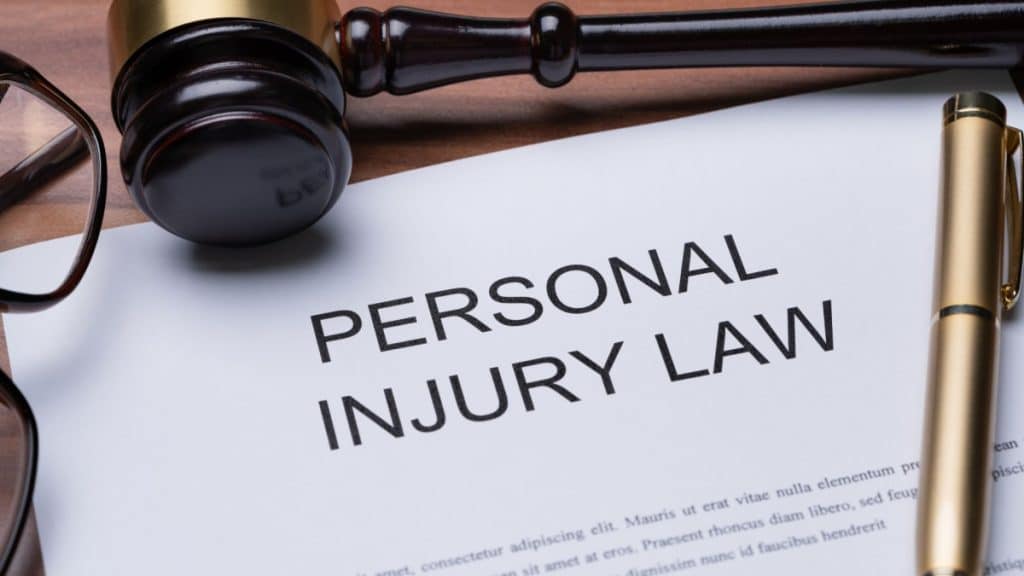https://imagesource.io/images/personal-injury-19
Determining the actual worth of a personal injury lawsuit can be a difficult procedure involving several elements. The type and degree of the injuries, the financial impact, and the details of the incident all determine the worth of a case. Anybody thinking about a personal injury claim ought to understand these elements. This article will guide you on how to calculate the true worth of your personal injury case.
Understanding Damages and Compensation
According to the law in Orange County, you have two years to file a personal injury claim against the individual or company whose negligence or carelessness harmed you. Orange County personal injury attorneys can help handle these situations by addressing local issues such as the cost of local medical treatment and the particular difficulties experienced by residents. This is important given that the cost-of-living index in Orange County is 153.9. That is 53.9% more than the U.S. average.
Understanding the several kinds of damages in a personal injury case helps one to ascertain its value. Damages are classified as either non-economic or economic. Measured losses, like medical bills, lost income, and property damage, comprise economic damages. Personal losses, like pain and suffering, mental distress, and loss of enjoyment of life, are known as non-economic damages.
Calculating Economic Damages
Calculating economic damages calls for a thorough accounting of all measurable financial losses related to the injury. Given their obvious monetary worth, these damages are easy to quantify. The main elements consist of the following.
1. Medical Expenses
All medical expenses paid for the injury fall into this category. It includes:
- Initial care expenses like ambulance services
- Charges for specialized treatment, surgeries, and hospital accommodation and equipment
- Costs of follow-up visits, diagnostic testing, and specialist consultations
- Prescriptions and over-the-counter medications required for recuperation
- Long-term recovery programs like counseling, occupational therapy, physical therapy, and rehabilitation.
- projected expenses for continuous medical treatment
2. Lost Wages
This covers revenue lost from not being able to work during injury recovery. One can calculate it by:
- Documentation of income prior to the injury using pay stubs and salary statements
- Number of days or hours missed from work, including vacation days taken and sick leaves
- Lost benefits such as loss of bonuses, commissions, and other job perks
- An estimate of lost future income should the damage compromise the victim’s future earning capacity
3. Property Damage
When personal property—like a car—is damaged in the accident, the expenses of replacement or repair are included in economic damages. This could entail:
- Repair Costs: Mechanic and repair shop invoices
- Replacement Costs: Should the property be beyond repair, its fair market value should be calculated.
Calculating Non-economic Damages
Non-economic damages are subjective and designed to offset intangible losses without a clear monetary value. These types of damages include
- Pain and suffering
- Emotional pain
- Loss of consortium
- Lack of enjoyment of life
- Damage to reputation
Many times, these damages call for a more sophisticated calculation approach. The two most commonly used techniques are:
- Multiplier Method: Depending on the severity of the pain and suffering, the overall economic losses are multiplied by a factor often between 1.5 and 5. The multiplier captures the subjective nature of the influence of the damage.
- Per Diem Method: The victim’s pain and suffering are given a daily rate; this is then multiplied by the number of days the victim has either experienced or is likely to suffer.
Calculating non-economic damages sometimes requires professional opinion and careful review of the victim’s life before the accident. Although difficult to measure, these damages are absolutely essential for full compensation of the victim. Non-economic damages are also said to make up a major part of a personal injury settlement.
